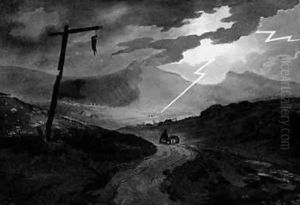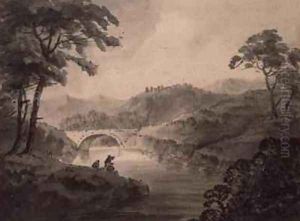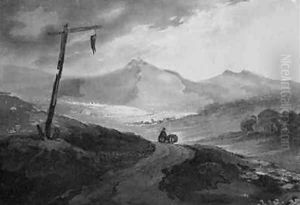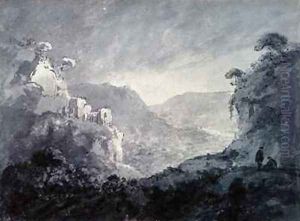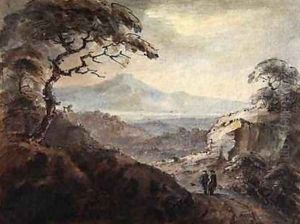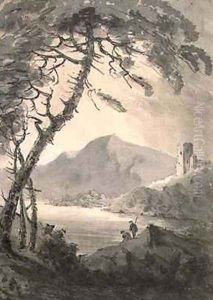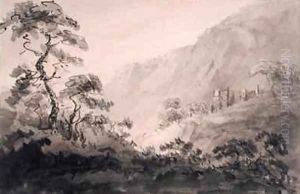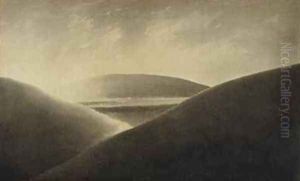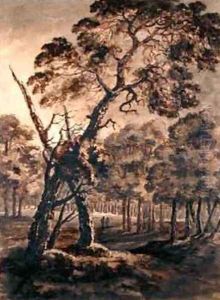Rev. William Gilpin Paintings
Rev. William Gilpin, born on June 4, 1724, in Cumberland, England, was a British clergyman, schoolmaster, and author, best known for his works on the picturesque, a concept crucial to the Romantic movement in art and literature. He was educated at Queen's College, Oxford, and was ordained as a priest in the Church of England. His career as a headmaster at Cheam School allowed him to influence education during his time, but his lasting legacy is largely due to his extensive writings and theories on landscape aesthetics.
Gilpin's interest in art began early in his life, but it was not until his later years that he became known for his ideas on the picturesque. In 1768, he took a tour of the Lake District in England, which inspired him to write 'Observations on the River Wye,' published in 1782. This book was among the first to explore the idea of the picturesque and helped to define the concept. The picturesque, according to Gilpin, was an aesthetic quality situated between the beautiful and the sublime, exemplified by rough and rugged landscapes that appeared to be artfully composed as if by a painter.
Throughout his career, Gilpin published several guidebooks that combined his interests in art, nature, and travel, which encouraged the British gentry to seek out picturesque landscapes in their travels and art. His works, such as 'Observations on the Mountains and Lakes of Cumberland and Westmoreland' (1786) and 'Remarks on Forest Scenery, and Other Woodland Views' (1791), reflected his principles and contributed to the development of the picturesque in English cultural life.
Gilpin's influence extended beyond his written works; he also attempted to illustrate his ideas through his own watercolors and drawings. Although not a professional artist, his visual work further conveyed his concept of the picturesque and its importance in the appreciation of the natural world.
Rev. William Gilpin passed away on April 5, 1804, in Boldre, Hampshire, England. His legacy endures in the fields of art history and landscape aesthetics, and his ideas have influenced generations of artists, writers, and thinkers concerned with the relationship between art, nature, and human perception.
